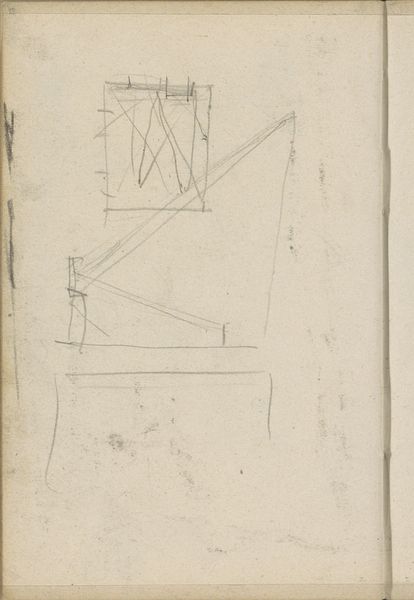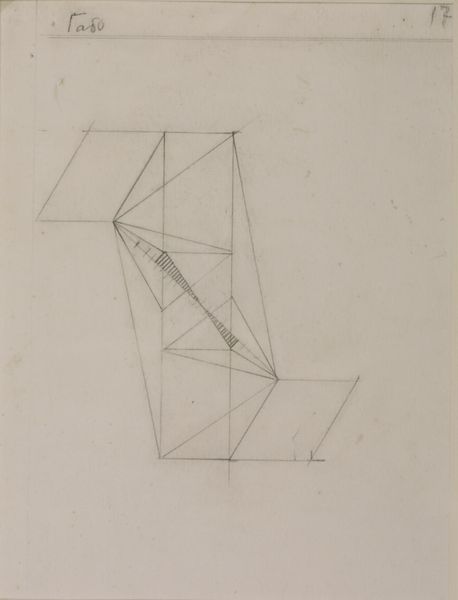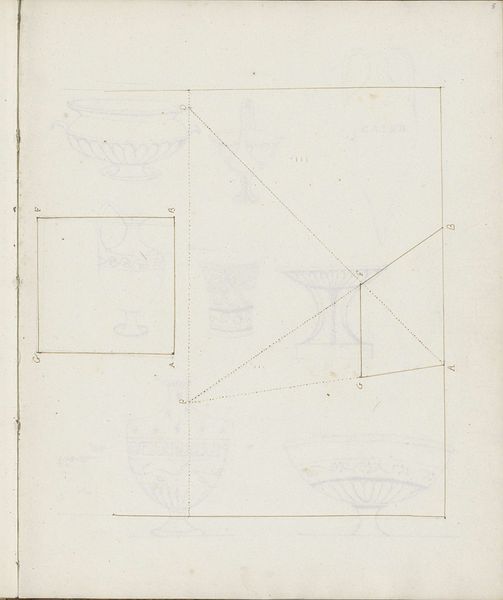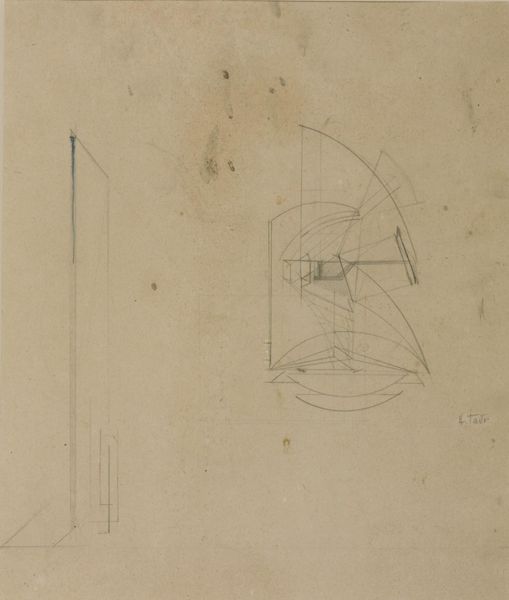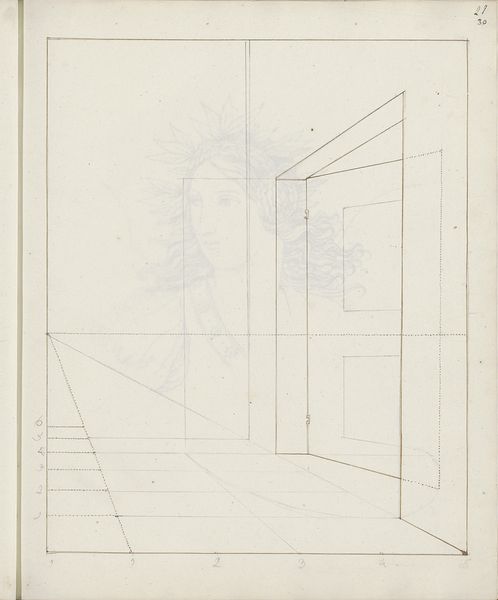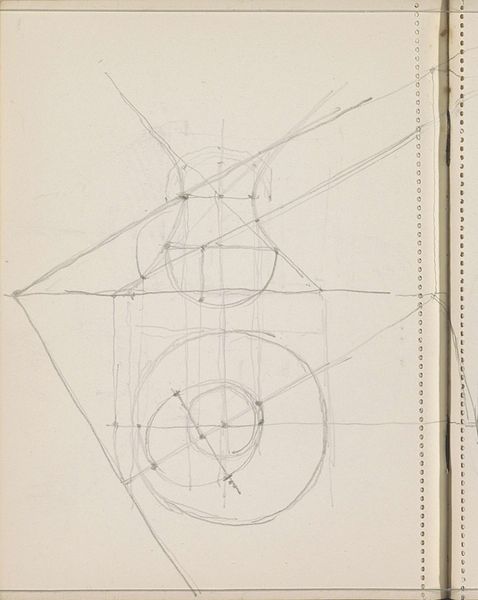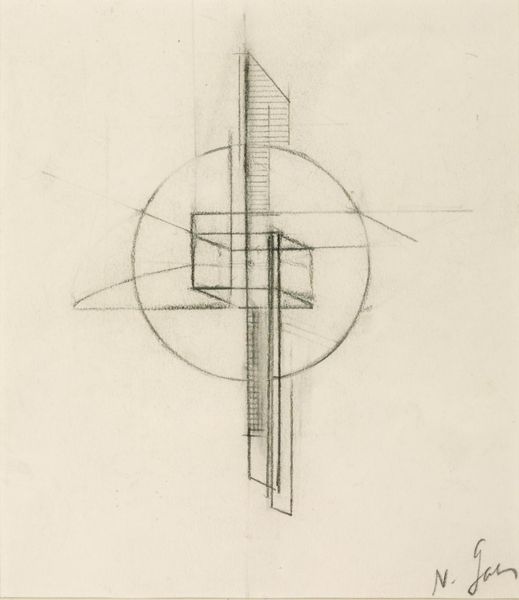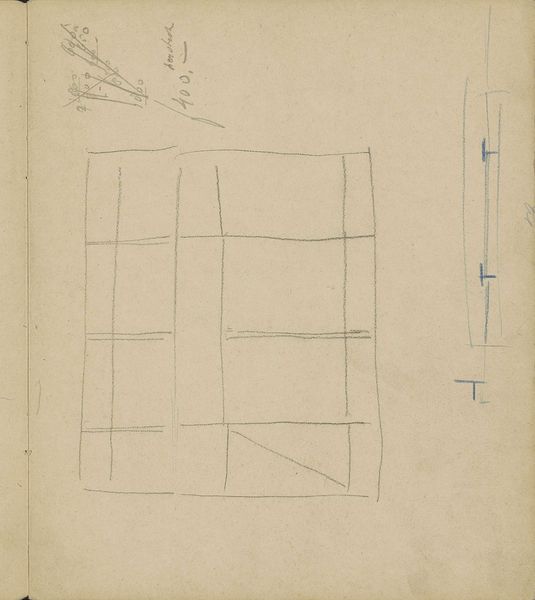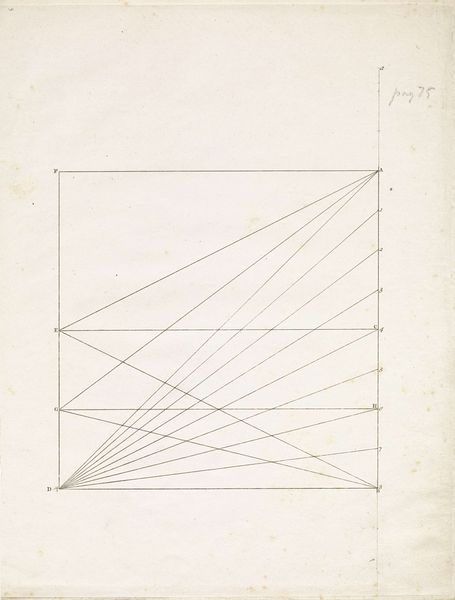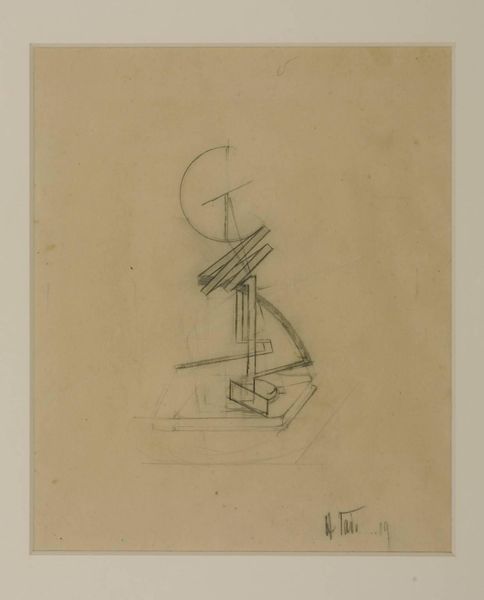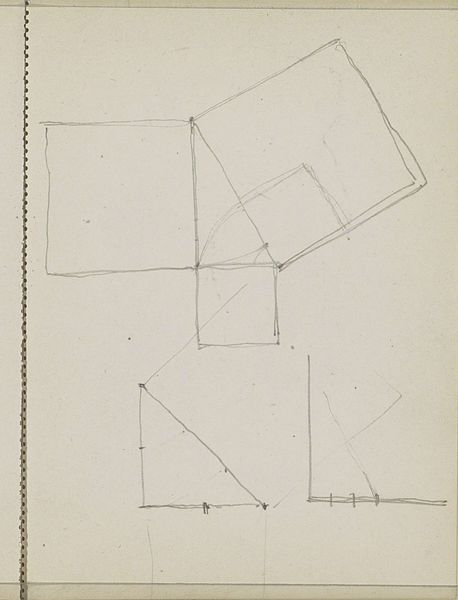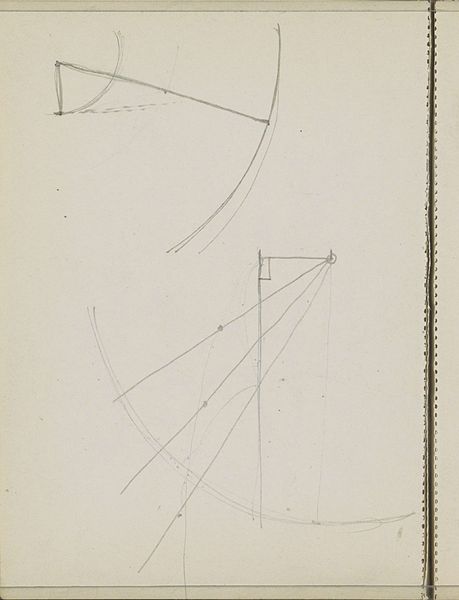
Dimensions: support: 241 x 203 mm
Copyright: The Work of Naum Gabo © Nina & Graham Williams/Tate, London 2014 | CC-BY-NC-ND 4.0 DEED, Photo: Tate
Editor: So, here we have Naum Gabo's "Sketch," a work from around the late 1910s, held at the Tate. It is a pencil drawing that feels very architectural. How do you interpret this work, what does it communicate? Curator: To me, it whispers of utopian aspirations, a sort of weightless geometry floating just above the earth. Imagine the sharp lines as pathways, not constraints. I wonder, what if our world felt as open and boundless as Gabo envisioned? Editor: That's beautiful! It didn't occur to me to think of it as a boundless space, but more as a structured, contained place. Thank you for your perspective. Curator: And thank you! It’s a lovely reminder of how art can shift and surprise, always offering new vistas.
Comments
Join the conversation
Join millions of artists and users on Artera today and experience the ultimate creative platform.
tate 7 months ago
⋮
These sketches are for works both realised and unrealised. Sketch (1917) is reminiscent of several reliefs made in the 1920s, and has been compared to Gabo's 1925 Model for 'Rotating Fountain' (on display here). Sketch (1918-19) is for a relief that would have been composed of intersecting planes protruding from a wall or reaching across a corner. Gabo's aim to make a public art that could play a role in the new society promised by the Russian Revolution is reflected by First Sketch for a Monument¿(1919) Sketch for a Kinetic Construction (1922) demonstrates his radical introduction of real movement to articulate space. Gallery label, August 2004
